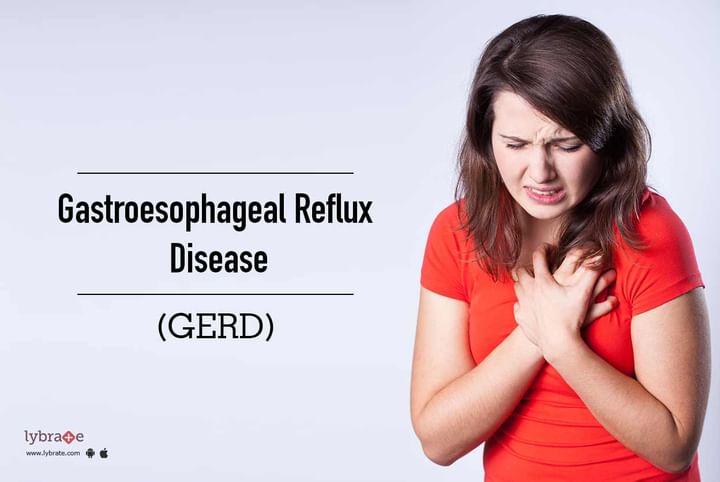Gastroesophageal Reflux Disease (GERD)
Gastroesophageal Reflux Disease (GERD) is a form of digestive disorder, which affects the lower oesophageal sphincters or the muscle ring present between the stomach and the food pipe. GERD incorporates the return of the contents of the stomach back to the oesophagus or food pipe. The functioning of the lower oesophageal sphincter is disrupted.
Causes: Hiatal hernia is a common cause of GERD. An unhealthy lifestyle and diet may also lead to GERD. Intake of an excess amount of chocolates, fried food, coffee or alcohol triggers the chance of a reflux. GERD also occurs in obese people and pregnant women.
Symptoms: Heartburn, also known as acid indigestion, is the primary symptom of GERD. The affected person may feel a burning chest pain which starts from behind the breastbone and reaches up to the throat. The feeling can be defined as food coming back to the throat with a bitter, acidic taste. The burning sensation may last as long as two hours.
Other symptoms include:
- Excess saliva secretion
- Chronic conditions of sore throat
- Laryngitis
- Gum inflammation
- Tooth cavities
- Unpleasant breath
In order to diagnose GERD, several tests may be conducted . They are:
- An X-Ray of the upper part of the digestive system.
- Endoscopy to examine the inner part of the oesophagus.
- Ambulatory acid test for monitoring the amount of acid within the oesophagus.
- An oesophageal impedance test to measure substance movement inside the oesophagus.
Treatment
- A person must make several changes to his daily lifestyle and diet plan for treatment of GERD.
- Food and beverages like chocolates, fatty food, coffee, alcohol and peppermint should be avoided in order to reduce the weakening of the lower oesophageal sphincter. Several food items irritate the damaged oesophageal lining and should also be avoided. They include citrus fruits, tomato and pepper.
- Smoking cigarettes results in weakening of the lower oesophageal sphincter and should be stopped to reduce GERD.
- One should elevate the head of the bed on which he or she sleeps on blocks measuring 6 inches. This reduces the heartburn as gravity minimizes stomach reflux to return to the oesophagus.
- Over the counter medicines can be used to cure GERD. Antacids are a good example and neutralize the acid in the oesophagus and stomach, reducing heartburn. Combining antacids with foaming agents is also effective. A foam barrier is formed over the stomach, preventing the occurrence of acid reflux.
- Medicines for reducing acid in the stomach are prescribed in cases of chronic GERD, which include H2 blockers by the likes of cimetidine, famotidine or nizatidine.
GERD is a digestive disorder, which causes disruption in digestion, as reflux from the stomach is returned to the oesophagus. Proper treatment measures should be taken.



+1.svg)
